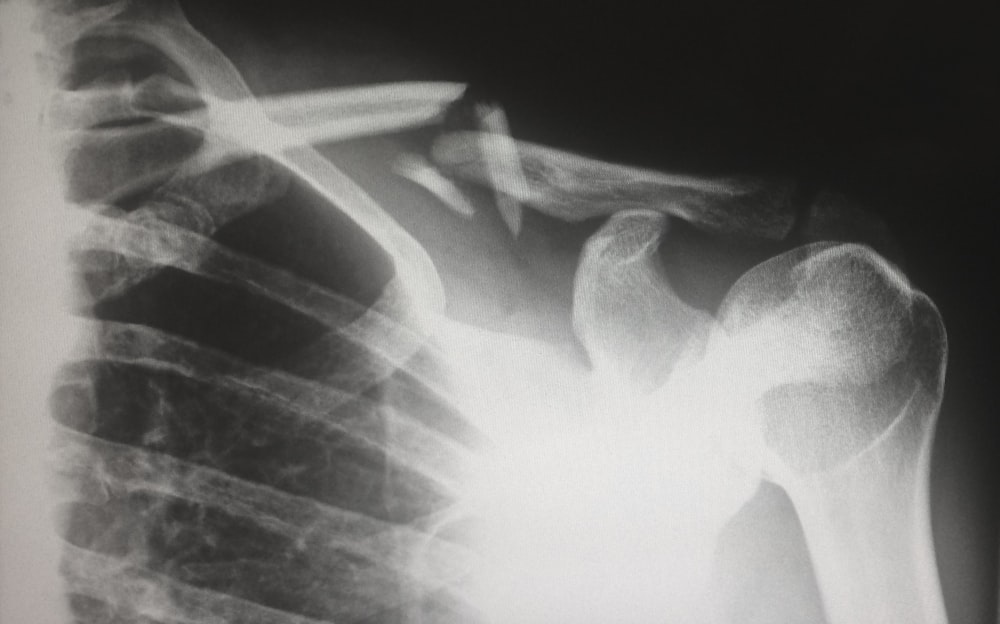目次
日常生活に必要な肩関節の可動域は?
理学療法士・作業療法士が肩関節可動域の拡大を目標として関節可動域運動を実施する機会は多いと思います.
例えば屈曲可動域の場合には150度の可動域が180度になることにどこまで意味があるのかといった話もあります.
実際に日常生活にはどのくらいの肩関節可動域が必要なのでしょうか?
今回は日常生活に必要な肩関節の可動域を考えるうえで参考になる論文をご紹介させていただきます.

今回ご紹介する論文
J Shoulder Elbow Surg. 2012 Sep;21(9):1177-83. doi: 10.1016/j.jse.2011.07.032. Epub 2011 Nov 1.
Defining functional shoulder range of motion for activities of daily living
Surena Namdari 1, Gautam Yagnik, D David Ebaugh, Sameer Nagda, Matthew L Ramsey, Gerald R Williams Jr, Samir Mehta
Affiliations expand
PMID: 22047785 DOI: 10.1016/j.jse.2011.07.032
今回ご紹介する論文は2012年に掲載された論文です.
研究の目的
Introduction: The range of motion (ROM) in the wrist and elbow required for daily activities has been reported to be less than the normal anatomic ROM. This functional ROM has not been defined for the shoulder. Many shoulder outcome assessment tools use specific functional tasks of daily living to score functional results of treatment. This study quantified the total shoulder ROM required to perform the functional tasks of the American Shoulder and Elbow Surgeon (ASES), Simple Shoulder Test (SST), and University of Pennsylvania (U-Penn) Shoulder Score (PSS).
日常動作に必要な手関節と肘関節の可動域(ROM)は解剖学的な正常ROMよりも小さいことが報告されております.
この機能的ROMは肩については定義されておりません.
多くの肩関節アウトカム評価ツールは,治療の機能的結果をスコア化するために日常生活における特定の機能的課題を用いております.
この研究では米国肩肘外科医(ASES),簡易肩関節テスト(SST),ペンシルバニア大学(U-Penn)肩関節スコア(PSS)の機能的課題を遂行するために必要な肩関節の総ROMを定量化することを目的としております.
研究の方法
Materials and methods: The FASTRAK electromagnetic tracking system (Colchester, VT, USA) was used to test 40 shoulders in 20 volunteers with no shoulder pathology found on physical examination. Three sensors were used: 1 each on the T3 spinous process, the scapular spine, and the arm over the distal humerus. Subjects performed each functional task of the ASES, SST, and PSS while flexion, extension, abduction, adduction, external rotation, and internal rotation were recorded.
FASTRAK electromagnetic tracking system (Colchester, VT, USA)を使用し,身体検査で肩の病変を認めなかった20例のボランティアの40肩を検査しております.
T3棘突起,肩甲棘,上腕骨遠位端の腕にそれぞれ1つずつ3つのセンサーを使用しております.
被験者はASES,SST,PSSの各機能課題を行い,屈曲,伸展,外転,内転,外旋,内旋を測定しております.
研究の結果
Results: Average shoulder motions required to perform the 10 functional tasks were flexion, 121° ± 6.7°; extension, 46° ± 5.3°; abduction, 128° ± 7.9°; cross-body adduction, 116° ± 9.1°; external rotation with the arm 90° abducted, 59° ± 10°; and internal rotation with the arm at the side, 102° ± 7.7°.
10の機能的課題を遂行するのに必要な肩関節の平均動作は屈曲121°±6.7°,伸展46°±5.3°,外転128°±7.9°,水平内転116°±9.1°,2nd外旋59°±10°,2nd内旋102°±7.7°でありました.
研究の結論
Conclusion: Although attaining full motion is a reasonable goal of all shoulder treatment, our results indicate that less ROM is required to perform the functional tasks used in common outcome tools.
完全可動域の獲得はすべての肩関節治療の妥当な目標でありますが,この研究結果は一般的なアウトカムツールで使用される機能的作業を行うには,部分的なROM獲得で十分であることを示しております.
今回は日常生活に必要な肩関節の可動域を考えるうえで参考になる論文をご紹介させていただきます.
この研究の結果から考えると屈曲121°,伸展46°,外転128°,水平内転116°,2nd外旋59°,2nd内旋102°が1つの目標になりそうですね.






